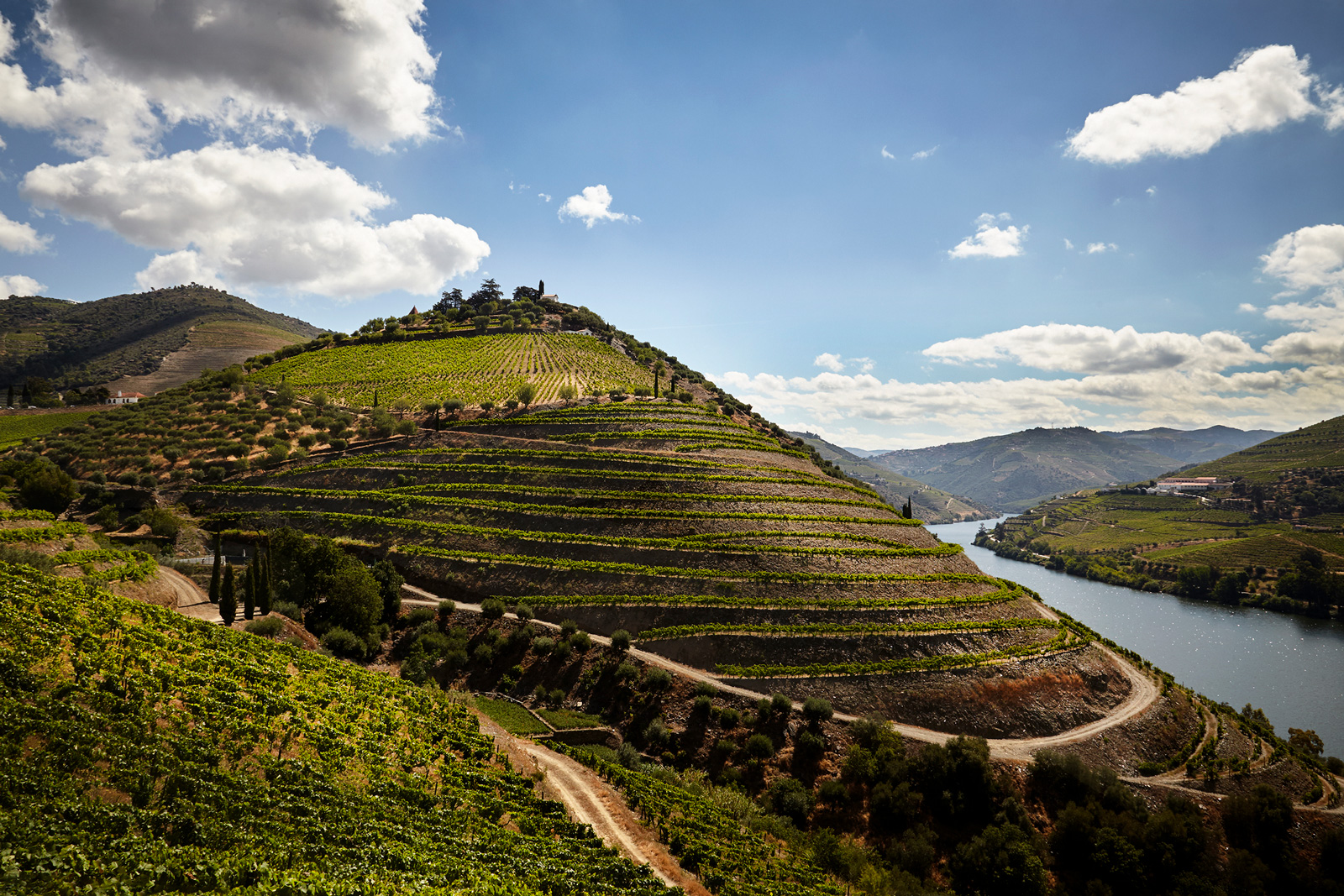

The Douro Valley
With a length of 897km the Douro River is considered to be the longest river of the Iberian peninsula, originating at the Spanish province of Soria and flowing all the way into the Atlantic ocean. It is along this river that was dug up thousands of years ago in Portugal that you will find the wineries behind the Douro Boys.
In order to make agriculture possible in the region, human hands built the now famous terraces on the steep slopes of the valley sides. Since then, in addition to grain, potatoes, cabbage and fruit, also grapevines found a home and truly flourished in the Douro Valley.
In the Spanish section (Ribera del Duero, Rueda and Toro) of the valley the vines thrive on clay, gravel, sand, gypsum and limestone, while downstream from the Spanish-Potuguese border the vines root deeply in 250,000 hectares of granite and slate soils.
The region’s most prominent red varietals are Touriga Nacional, Touriga Franca, Tinta Roriz, Tinta Barocca, Tinta Cão and Sousão, and the most prominent white varietals are Malvasia Fina, Gouveio, Rabigato, Arinto and Viosinho.








